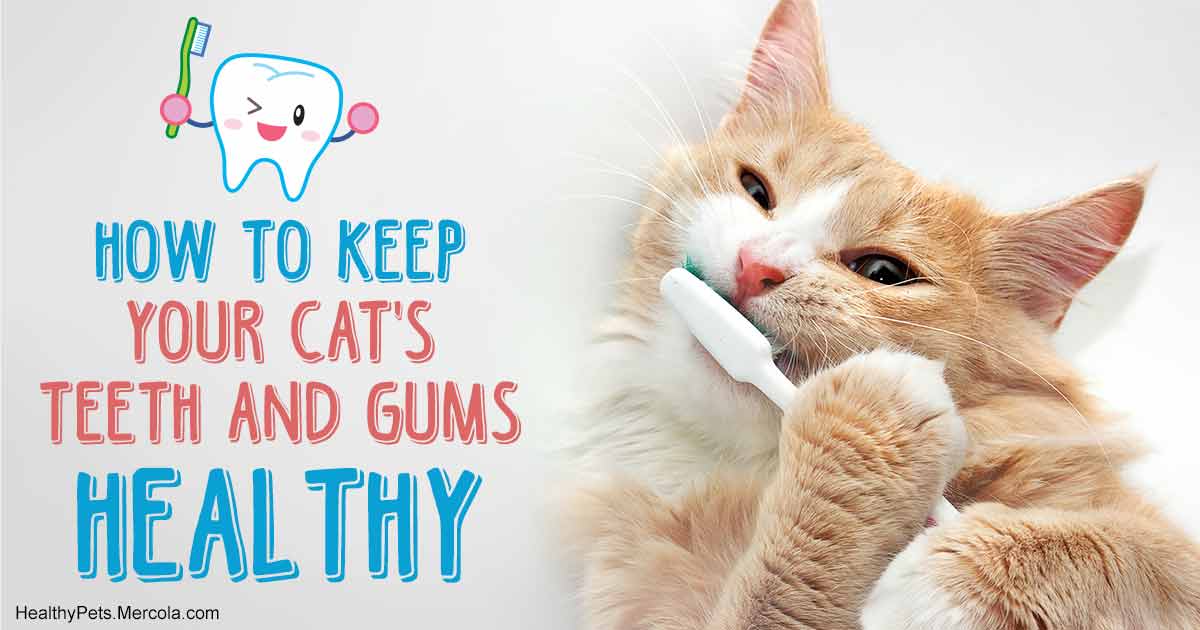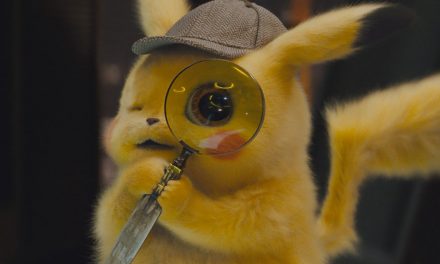When it pertains to your cat’s oral health, seeing is not thinking. Unless you’ve been brushing those small teeth routinely, possibilities are you’ve not really seen deep inside your feline’s mouth. Cats who’ve been taught to endure human hands in and around their mouths will typically bear with visual examinations, however as a basic guideline, they do not value physical “intrusions” of this sort.
That stated, even if your feline lets you peek and poke around in her mouth, if she has oral illness, it’s typically taking place listed below the gum line, concealed from view. Germs that can’t be seen with the naked eye can harm the tissues linking the teeth and jaw. Think it or not, 70% to 80% of felines (and canines) have gum illness by the age of 3.
.Here’s How Dirty Teeth Can Cause Much Bigger Problems for Your Cat.
Plaque that gathers on your cat’s teeth solidifies into tartar within a couple of days. Tartar adheres to the teeth and starts to aggravate the gums. Inflamed gums then advance to the inflammatory condition called gingivitis. Felines with gingivitis have red instead of pink gums, and they frequently likewise have undesirable breath. Other indications of gum illness can consist of:
.Problem consuming or chewing on just one side of the mouth Lack of cravings Drooling Mild swelling of the face Bleeding from the mouth and/or nose.
Another indication of oral illness in cats is absence of grooming, leading to a oily or dull or matted coat. If the tartar on your feline’s teeth isn’t eliminated, it builds up under the gums, ultimately triggering them to retreat from the teeth. This develops little pockets in the gum tissue that trap extra germs in the mouth.
At this phase, your cat is handling an irreparable condition called gum illness, which not just triggers considerable discomfort, however can likewise lead to abscesses, infections, missing or loose teeth, and bone loss. How rapidly this procedure happens depends upon numerous elements, including your feline’s age , general health, diet plan, type, genes, and the frequency and quality of oral care she gets.
What numerous pet moms and dads do not understand is their feline’s oral health can impact more than simply her mouth. There’s a recognized link in between gum illness and heart problem in canines and people (research studies on felines are limited, however it’s affordable to presume a comparable link exists for felines).
Researchers likewise presume specific stress of oral germs might cause heart issues. Some kinds of germs discovered in the mouth produce sticky proteins that can follow artery walls, triggering them to thicken. Mouth germs are likewise understood to promote the development of embolism that can harm the heart.
.3 Ways to Keep Your Cat’s Teeth and Gums Healthy.
• • Daily brushing– Brush your feline’s teeth , ideally every day. A little time invested every day brushing his teeth can gain remarkable advantages in regards to his oral health and total wellness. It can likewise possibly conserve you cash, due to the fact that he might not require as numerous expert teeth cleansings throughout his life time.
.
With persistence and perseverance on your part, a lot of cats can discover to send to day-to-day tooth brushing. Among the tricks to successis to advance gradually and carefully, enabling your feline to adjust at his own rate. Start with your finger instead of a tooth brush and get him accustomed to having your finger in his mouth. Carefully rub the leading front teeth and all the method to the back teeth. Do the very same on the lower teeth.
.
Praise your feline typically and keep sessions short. Cover a really thin wet fabric or piece of gauze around your fingertip and rub the teeth as soon as he’s accepting of the existence of your finger in his mouth. The next action is to utilize a safe, natural oral cleansing item created for family pets and use a percentage to the gauze prior to you rub his teeth. You can advance to either a finger brush or a soft tooth brush the ideal size for his mouth as soon as he gets utilized to this.
.
If cat is actually uneasy having his teeth brushed or rubbed, there are enzyme-based items readily available that when used to the teeth go to work to break down plaqueand tartar without brushing. The more rubbing and brushing he’ll permit, the more rapidly you’ll see outcomes, and the simpler it will be to preserve his oral health.
.
• The ideal diet plan– Your feline’s diet plan plays a substantial function in the quantity of tartar he gathers on his teeth. Raw diet plans, even prepared, ground raw diet plans, assistance control tartar. Raw ground bone is• a mild oral abrasive that imitates great sandpaper when chewed, which assists get rid of particles stuck on teeth.
.
Raw meat consists of natural enzymes, and in addition, raw food does not stay with teeth, unlike starchy kibble. Do not purchase into the misconception that kibble assists keep teeth tidy.
.
However, it’s essential to recognize that even raw-fed family pets obtain plaque and tartar( generally less, and at a slower rate, however the misconception that all raw fed family pets will never ever require oral care is undoubtedly a misconception), so do not presume food alone will conserve your cat from oral illness.
.
Since felines do not nibble on leisure bones like pets do, using a skinless chicken neck might attract your feline to chew more, and offer adequate mechanical abrasion to assist avoid plaque accumulation.
.
Additionally, there are a couple of supplements that research study reveals enhance gum health and the oral microbiome, consisting of ubiquinol and probiotics.Including these supplements to your feline’s procedure can enhance his oral defenses and decrease the rate at which degeneration happens.
.
• Regular health tests– Take your feline for routine health examinations and ask your vet to carry out an oral test throughout these check outs. If your veterinarian believes cat requires a more comprehensive test, x-rays and/or prophylaxis (teeth cleaning up) under anesthesia , I motivate you not to put it off. A lot of felines suffer unnecessarily with mouth issues that can be quickly fixed or avoided in the very first location.
.
Cats are specialists at concealing discomfort , no matter where it takes place in their bodies. That’s why it’s extremely crucial that you and your vet proactively keep an eye on the condition of your feline’s mouth.
.
If you’re diligent about your cat’s oral house care and he does not have any unique scenarios that incline him to tartar accumulation or other oral problems, you can keep expert cleansings to a minimum. Felines with severe tartar accumulation, severely oral infections or irritated gums will require additional aid.
. 5 Interesting Facts About Your Cat’s Teeth.
1. Like people, felines begin with primary teeth– Cats are diphyodonts– animals with 2 succeeding sets of teeth– the deciduous or” infant” teeth, and the long-term set that emerge from the gums as the primary teeth fall and loosen up out. Kittiesare born toothless and their primary teeth begin can be found in at about 2 weeks of age. At around 4 months, the primary teeth begin falling out to make space — for the irreversible set.
.
Cats have 26 primary teeth and 30 long-term teeth; people have 20 primary teeth and 32 irreversible teeth; and pet dogs have 28 infant and 42 irreversible teeth.
.
2. Your feline’s teeth are those of a real predator– As obligate predators who need to consume animal meat to make it through, felines ‘teeth are produced the task. They are sharp and developed for takingvictim and tearing flesh. Cats have no flat teeth formed for grinding plant food like human beings do. In addition, there’s a groove on the beyond the canine teeth or fangs that is often called the” bleeding groove” or” blood groove,” which is created to enable blood to stream past the tooth as the feline bites down on victim.
.
3. The smallest teeth in your cat’s mouth serve a various function– The incisors, which are the tiny teeth in between the dogs in the front of your feline’s mouth, do not play much of a function in searching, however they’re outstanding grooming tools. If you’ve seen your feline throughout grooming sessions — pull at something captured in his fur, he’s most likely utilizing his incisors to work the particles complimentary. Cats likewise typically utilize their incisors for scratching and to eliminate loose pieces of nail from their claws.
.
4. Look ma, no cavities!– Your feline does not get cavities, unlike you( or your pet), thanks to the shape of her small choppers. Cavity-causing sugar-eating germs have no pits or divots in which to set up store due to the fact that their teeth do not have horizontal surface areas.
.
5. In worst case situations, tooth extractions aren’t completion of the world forindoor cats– For a range of factors, numerous feline moms and dads and the majority of vets have great deals of experience with cats who are missing out on some or all of their teeth.
.
While this isn’t a perfect scenario and the objective is to avoid felines from specifying of needing extractions, thankfully, the majority of felines make a quick change to having less teeth and continue to consume well( and lots of establish an increased hunger as soon as their unpleasant mouth condition is solved ). They go on to live long, pleased, healthy lives. To your feline, being pain-free is far more crucial than having a mouth filled with teeth.
. Sources: PetMD
Read more: healthypets.mercola.com






Recent Comments